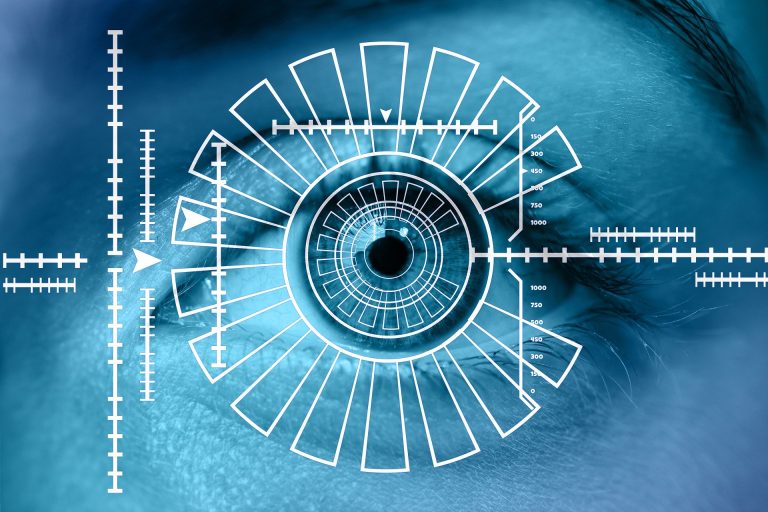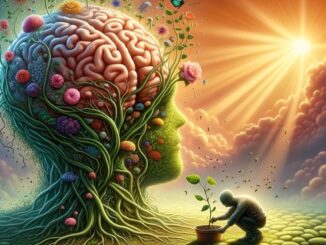
The technology and its application for building a digital welfare state has often been presented as a neutral tool. Its aim would be to improve access to social benefits, standardise access criteria, speed up practices and ensure efficiency for governments.
But this is not always true.
The Pros and Cons of Digital Welfare State
Digital welfare systems are becoming widespread in several countries, where social protection and welfare systems are increasingly data-driven. As a result, governments are using technologies to automate, predict, identify, estimate, detect and punish.
Sometimes, in fact, the real reasons behind these programs are reducing social spending and establishing intrusive government surveillance systems. Not to mention the possibility to create profits for private companies.
This situation would inevitably be at the expense of the poorest and most disadvantaged members of society.
The lack of digital skills, as well as limited access to the Internet, penalize the poorest and the least educated. Increasingly, in fact, people are accessing services exclusively digitally. This leads to an accentuation of disparities between those with digital skills and access to the Internet and those without.
The Case of Aadhaar in India
An example of this is “Aadhaar“, the biometric identification program active in India since 2009. It is the largest identification system in the world. In fact, it collects the personal data, photography, fingerprints and iris image of more than 1.2 billion Indian citizens. All the data ends up in the giant servers of the Unique Identification Authority of India (Uidai).
For Indian citizens the Aadhaar card is essential to access a wide range of public services, such as medical care, education, tax payment. In addition, it allows people to make payments from their current account without a credit card. This system has also solved many problems, including identifying fake electoral certificates or duplicate driving licenses to avoid penalties.
In a decade or so, Aadhaar has enabled India to take a huge step forward towards one of the goals set out in the UN Agenda 2030 for sustainable development. In fact, it has helped the government to register births and establish the legal identity of all citizens.
However, the implementation of this system has also brought some problems. When registration in Aadhaar became mandatory between September 2016 and June 2017, at least 2.5 million poor families were denied access to food rations distributed by the government. Only in October 2017 did the central government instruct individual states not to deny the distribution of free food to those without a card number. The lack of internet connection and the malfunctioning of biometric data collection machines are some of the elements that have further exacerbated the problem of authentication for these people.




